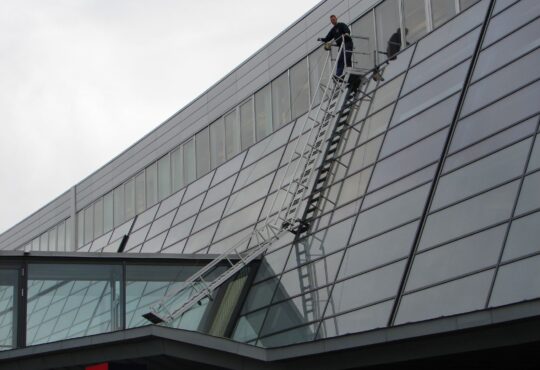
Transformative Learning Spaces: Nurturing Growth and Success
In the realm of education, learning spaces play a pivotal role in shaping the experiences and outcomes of students. Transformative learning spaces go beyond traditional classroom settings, encompassing both physical and virtual environments that foster personal and academic development. The design and functionality of these spaces can significantly impact the learning process, creating an environment conducive to growth, collaboration, and success.
Understanding Transformative Learning Spaces
Transformative learning spaces are environments carefully crafted to inspire and support learners. They go beyond the confines of traditional lecture halls and embrace flexibility, inclusivity, and adaptability as core principles. These spaces recognize that students have diverse learning styles, needs, and aspirations, and seek to provide an inclusive and engaging atmosphere for all.
The Impact of Physical Learning Environments
In the physical realm, learning spaces extend beyond traditional classrooms to encompass libraries, labs, and collaborative areas. Modern educational institutions are reimagining classroom layouts, favoring flexible seating arrangements and interactive technology integration. These designs encourage active participation, peer interaction, and dynamic teaching methods, ultimately enhancing engagement and knowledge retention.
For example, the Montessori approach emphasizes the importance of a carefully curated physical environment that allows students to explore and learn at their own pace. Such spaces promote independence, critical thinking, and a lifelong love for learning.
Virtual Learning Environments and Transformation
The digital age has given rise to virtual learning environments, offering transformative opportunities for remote education. Online platforms provide the flexibility to tailor learning experiences to individual preferences and schedules. These virtual spaces encourage interactive discussions, multimedia engagement, and personalized learning paths.
Coursera’s platform is a prime example of a transformative virtual learning space. It offers a plethora of courses from top universities worldwide, utilizing videos, quizzes, and peer interactions to create an immersive and effective online learning experience.
Creating Inclusive and Diverse Learning Spaces
Inclusivity lies at the heart of transformative learning spaces. A diverse student body requires learning environments that respect and celebrate cultural differences, accommodate various learning styles, and provide equitable opportunities for success. Designing inclusive spaces involves considering accessibility, representation, and providing resources to cater to diverse needs.
Stanford University’s Diversifying Academia, Recruiting Excellence (DARE) initiative serves as a beacon of inclusivity. By implementing programs, policies, and resources to support underrepresented groups, Stanford has transformed its learning spaces into hubs of diversity and academic achievement.
Adapting Learning Spaces for Future Needs
The landscape of education is ever-evolving, demanding learning spaces that can adapt to changing needs and technologies. Flexible learning environments, equipped with movable furniture, collaborative technology, and modular layouts, can seamlessly accommodate traditional lectures, group projects, and individual study sessions.
The University of Melbourne’s Learning Environments Applied Research Network (LEaRN) is at the forefront of this adaptability movement. Through rigorous research and experimentation, LEaRN designs innovative learning spaces that facilitate active learning, social interaction, and adaptability.
Case Studies: Success Stories
The transformative power of learning spaces is evidenced by numerous success stories. The Georgia Institute of Technology’s Clough Commons, with its vibrant design and technology-infused spaces, has resulted in increased student engagement and collaboration. Similarly, the Open University’s OpenSTEM Labs provide students worldwide with access to high-quality scientific experiments, transcending geographical barriers.
Educators and students alike praise these spaces for fostering creativity, critical thinking, and a sense of community, ultimately leading to improved learning outcomes and overall satisfaction.
Tips for Designing Transformative Learning Spaces
- Involve Stakeholders: Engage educators, students, and administrators in the design process to ensure the spaces align with their needs and goals.
- Flexibility Matters: Prioritize flexible layouts that can adapt to various teaching methods and student preferences.
- Prioritize Inclusivity: Consider accessibility, cultural sensitivity, and diverse learning needs in your designs.
- Embrace Technology: Integrate technology that enhances interaction, collaboration, and personalized learning experiences.
- Sustainability: Design spaces with sustainable materials and practices to create environmentally responsible learning environments.
Takeaway
Transformative learning spaces hold the key to nurturing growth and success in education. Whether in physical classrooms or virtual platforms, these spaces empower learners to explore, create, and excel. By embracing flexibility, inclusivity, and adaptability, educational institutions can cultivate an environment that inspires lifelong learning and prepares students for the challenges and opportunities of the future.









